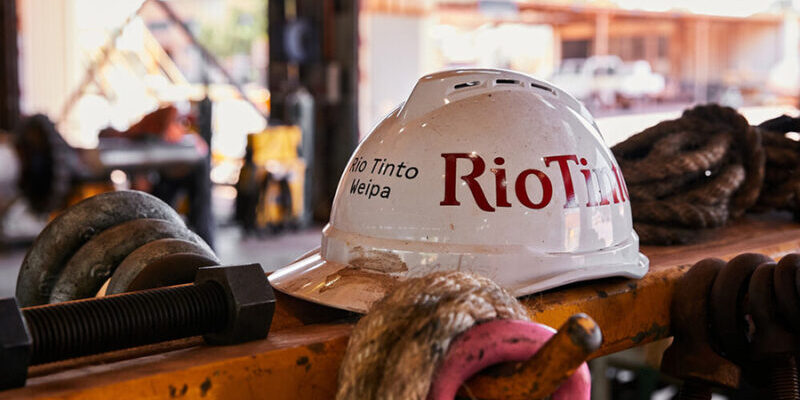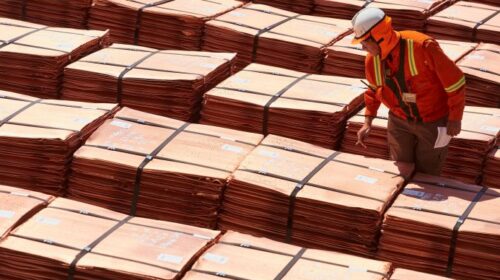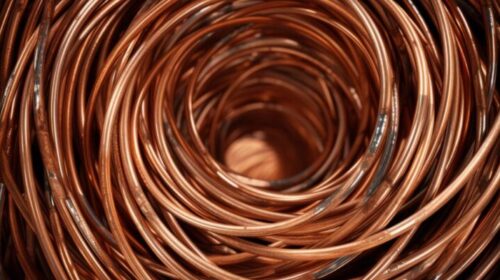Rio Tinto Reports Dip in First-Quarter Iron Ore Shipments
Rio Tinto, a diversified mining group, has announced a 5% year-on-year decline in first-quarter iron-ore shipments, totaling 78 million tonnes. Weather disruptions at ports and reduced production from certain Western Australian mines contributed to this decrease.
Despite the dip, Rio Tinto maintains its full-year expectations for Pilbara iron-ore shipments in 2024, ranging from 323 million to 338 million tonnes, with a unit cash cost of $21.75/t to $23.50/t. Pilbara iron-ore production also saw a modest 2% year-on-year decline to 77.9 million tonnes.
Factors contributing to the production decrease include resource depletion at the Yandicoogina mine, partially offset by productivity gains at other operations. Rio Tinto is actively advancing Pilbara projects to replenish resources and expand iron-ore mining capabilities.
Key projects include the Western Range mine, which has achieved a construction milestone, with progress exceeding 50%. Additionally, Rio Tinto is studying and investing in projects like Hope Downs 1, Brockman 4, Greater Nammuldi, and West Angelas, as part of its mine replacement studies.
The company’s Rhodes Ridge prefeasibility study, targeting an initial capacity of up to 40 million tonnes a year, is progressing steadily, with resource evaluation activities underway.
Beyond mining, Rio Tinto is investing in sustainable infrastructure, exemplified by the Coastal Water desalination project, aimed at providing water to its port operations in Dampier.
In addition to iron ore, Rio Tinto reported an 11% increase in first-quarter bauxite production and a 5% jump in aluminum output. Mined copper production rose by 7% year-on-year to 156,000 tonnes.
CEO Jakob Stausholm affirmed Rio Tinto’s full-year guidance across all its products, emphasizing stable operating results amid seasonal challenges.
84 total views , 1 views today





